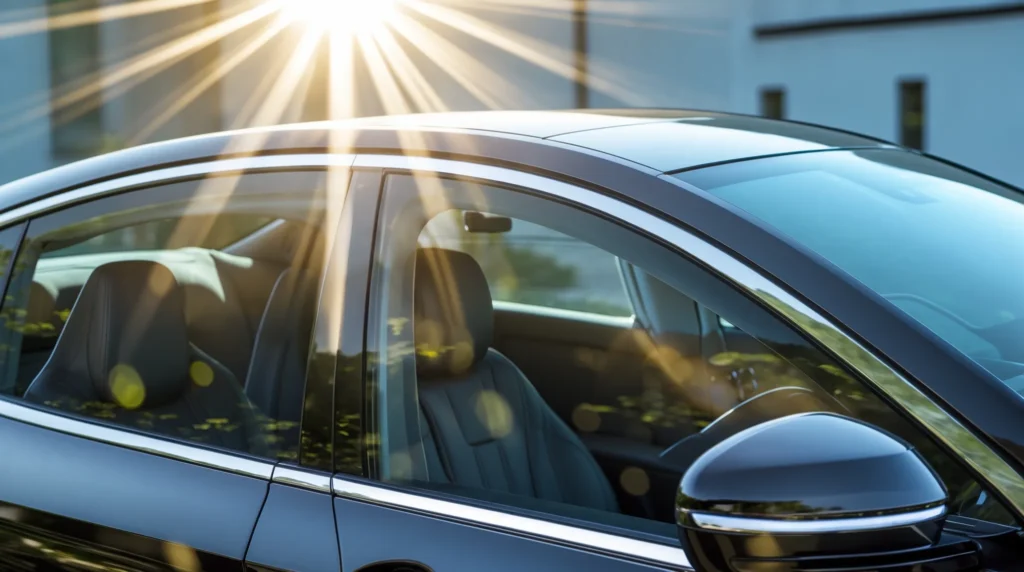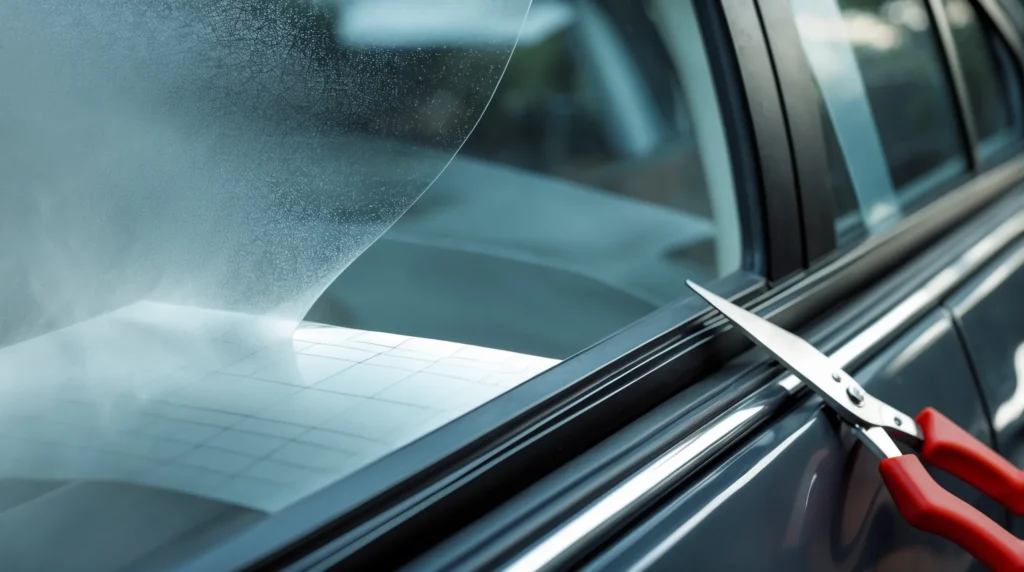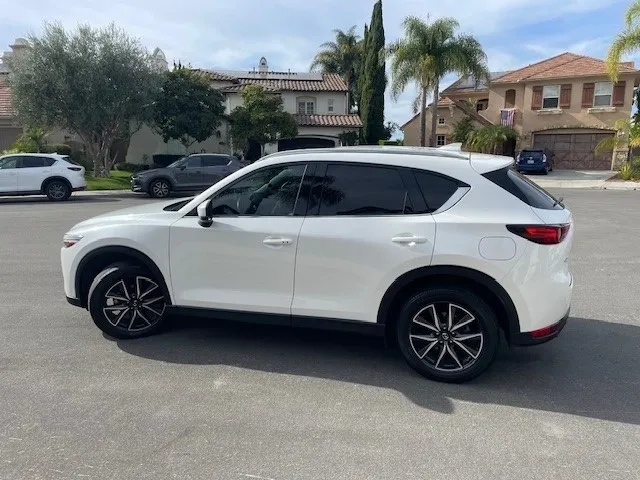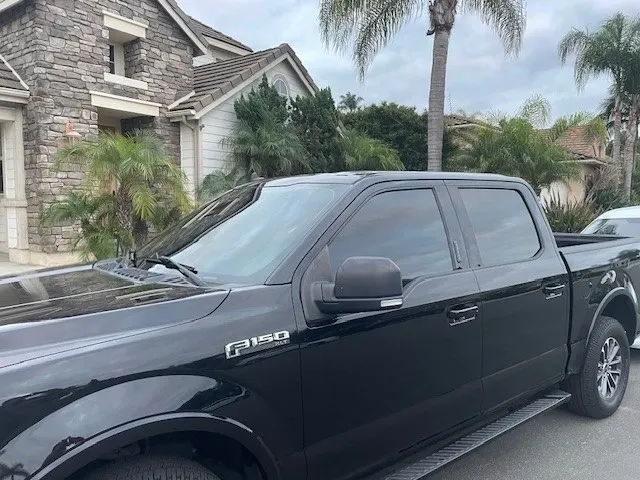Introduction
Auto window tinting is more than just an aesthetic upgrade for your vehicle; it’s a functional improvement that offers numerous benefits. For residents of Carlsbad, CA, understanding the ins and outs of auto window tinting can help make informed decisions that enhance comfort, safety, and style. In this comprehensive guide, we will explore everything you need to know about auto window tinting in Carlsbad, CA, including its benefits, legal regulations, choosing the right tint, and more.
What is Auto Window Tinting?
Auto window tinting involves applying a thin film to the interior of a vehicle’s windows. This film is made of polyester and comes in various shades and materials, designed to reduce glare, block UV rays, and provide privacy.
Definition and Basics
Window tinting films can be dyed, metalized, or ceramic, each offering different levels of heat reduction, UV protection, and glare reduction. Understanding these basics can help you choose the right film for your needs.
Types of Window Tint Films
- Dyed Film: This type of film uses dye to absorb solar heat and reduce glare.
- Metalized Film: Contains metallic particles that reflect heat and block UV rays.
- Ceramic Film: Uses ceramic particles to block infrared light and reduce heat without affecting visibility.
How Window Tinting Works
The tint film works by filtering light as it passes through the windows, reducing the amount of heat and UV radiation entering the vehicle. This process keeps the car cooler and protects the interior from sun damage.
Benefits of Auto Window Tinting

Auto window tinting offers a variety of benefits that enhance both the functionality and appearance of your vehicle.
Heat Reduction
Tinted windows can significantly reduce the temperature inside your car by blocking a substantial amount of solar heat, making it more comfortable, especially during the hot Carlsbad summers.
UV Protection
Quality window tints can block up to 99% of harmful UV rays, protecting your skin and preventing the interior of your vehicle from fading and cracking.
Glare Reduction
Tinted windows reduce glare from the sun and headlights, enhancing visibility and driving comfort.
Increased Privacy
Window tinting provides added privacy by making it harder for people to see inside your vehicle, which can also deter theft.
Enhanced Aesthetics
A well-tinted car looks sleek and stylish, adding to the overall aesthetic appeal of your vehicle.
Choosing the Right Tint for Your Car
Selecting the appropriate window tint involves considering several factors to ensure you get the best results.
Legal Considerations
California has specific regulations regarding the darkness and reflectivity of window tints. It’s crucial to understand these laws to avoid fines and ensure your vehicle remains compliant.
Types of Tint Films
When choosing a tint film, consider your priorities such as heat reduction, UV protection, and budget. Each type of film offers different advantages.
Matching Tint to Car Make and Model
Some cars look better with certain tints, and some tints perform better on specific models. It’s important to choose a tint that complements your vehicle’s design.
Professional vs DIY Tinting
While DIY tinting kits are available, professional installation ensures a perfect fit and long-lasting results. Professionals have the expertise and tools needed for a flawless application.
The Process of Auto Window Tinting

Understanding the tinting process can help you prepare your vehicle and know what to expect.
Pre-Tinting Preparations
Before tinting, clean the windows thoroughly to remove any dirt and debris. This ensures the film adheres properly and smoothly.
Tint Application Steps
- Cutting the Film: The film is cut to the exact size of your windows.
- Applying the Film: The film is carefully applied to the inside of the windows using a solution that allows it to be repositioned.
- Smoothing Out Bubbles: A squeegee is used to remove any air bubbles and ensure the film is smooth and flat.
Post-Tinting Care
After tinting, avoid rolling down the windows for a few days to allow the film to cure. Clean the windows with a soft cloth and mild cleaner to avoid damaging the tint.
Legal Regulations for Window Tinting in California
Understanding California’s window tinting laws is essential to avoid fines and ensure your vehicle remains compliant.
California Tinting Laws
California law specifies the allowable levels of tint darkness and reflectivity. The front side windows must allow more than 70% of light in, while the back side and rear windows can have any darkness.
Penalties for Non-Compliance
Failing to comply with tinting regulations can result in fines and may require you to remove the tint. Ensure your tint meets legal standards to avoid these issues.
How to Ensure Compliance
When getting your windows tinted, choose a reputable service that understands California’s tinting laws. Ask for a compliance certificate to verify the tint is legal.



